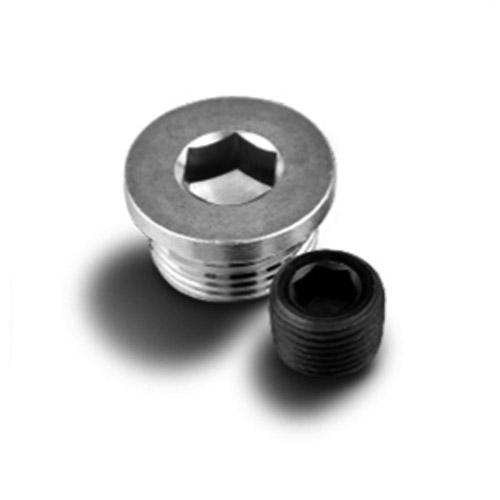

metric flat washers
Des . 05, 2024 15:11 Back to list
metric flat washers
The Importance of Metric Flat Washers in Modern Engineering
In the world of engineering and manufacturing, every component plays a vital role in the overall integrity and functionality of a product. Among these seemingly straightforward components, metric flat washers are often overlooked but are essential in a variety of applications. This article aims to explore the significance, design, and applications of metric flat washers, shedding light on their crucial role in engineering.
Understanding Metric Flat Washers
Metric flat washers are thin, round plates with a hole in the center, designed to be placed under the head of a bolt or nut, or used as a spacer between two surfaces. The primary purpose of these washers is to distribute the load of the fastener, ensuring even pressure across the surface it contacts. This distribution helps to prevent damage to the materials being fastened, minimizes the risk of loosening due to vibration, and increases the overall strength and durability of the assembly.
The term “metric” refers to the sizing standard used, which is based on the International System of Units (SI). This standardization is critical for ensuring compatibility in applications where multiple components from different manufacturers need to work together seamlessly. The most common materials used for metric flat washers include stainless steel, carbon steel, and plastic, each selected based on the specific requirements of the application regarding strength, corrosion resistance, and weight.
The Design and Features of Metric Flat Washers
The design of metric flat washers is straightforward, but various factors define their effectiveness. Key dimensions include the outer diameter, inner diameter, and thickness. The outer diameter ensures sufficient contact area, while the inner diameter corresponds to the bolt's size. Thickness adds additional strength and load distribution capabilities. Additionally, washers come in various coatings and finishes, such as zinc plating or plain finishes, to enhance their corrosion resistance.
metric flat washers

One notable feature of metric flat washers is their ability to accommodate uneven surfaces. When used correctly, they can compensate for imperfections in material surfaces, which further enhances the reliability of the joint. This feature is particularly important in applications where surface flatness cannot be guaranteed.
Applications of Metric Flat Washers
The applications of metric flat washers are vast and varied. They are commonly used in construction, automotive, aerospace, and industrial machine assembly. In construction, for instance, metric flat washers play an essential role in securing structural elements, ensuring that forces are evenly distributed to prevent structural failure.
In the automotive industry, these washers are crucial in attaching engine components, where vibration can lead to loosening fasteners. Here, the ability of flat washers to prevent damage and fatigue is paramount. Similarly, in the aerospace sector, where reliability and safety are non-negotiable, metric flat washers are used extensively to maintain the integrity of fastening systems in aircraft.
Moreover, they are indispensable in the manufacture of household appliances and electronic devices. Any time there is a requirement for joining components, especially where vibration might occur, metric flat washers are a go-to solution for engineers.
Conclusion
In conclusion, while metric flat washers may appear to be simple, their impact on the functionality and reliability of mechanical assemblies cannot be overstated. From distributing loads and preventing damages to accommodating uneven surfaces, they serve essential purposes across various engineering sectors. As technologies advance and materials become more sophisticated, the role of metric flat washers will continue to be pivotal. Understanding their design and application not only aids engineers in making informed choices but also ensures the creation of robust and reliable structures essential for modern society. Whether in complex machinery or everyday household items, these small but mighty components are indispensable in keeping everything together.
Latest news
-
Hot Dip Galvanized Bolts-About LongZe|High Strength, Corrosion Resistance
NewsJul.30,2025
-
High-Strength Hot Dip Galvanized Bolts - Hebei Longze | Corrosion Resistance, Customization
NewsJul.30,2025
-
Hot Dip Galvanized Bolts-Hebei Longze|Corrosion Resistance&High Strength
NewsJul.30,2025
-
High-Strength Hot-Dip Galvanized Bolts-Hebei Longze|Corrosion Resistance&High Strength
NewsJul.30,2025
-
Hot Dip Galvanized Bolts-Hebei Longze|Corrosion Resistance&High Strength
NewsJul.30,2025
-
Hot Dip Galvanized Bolts - Hebei Longze | Corrosion Resistance, High Strength
NewsJul.30,2025

